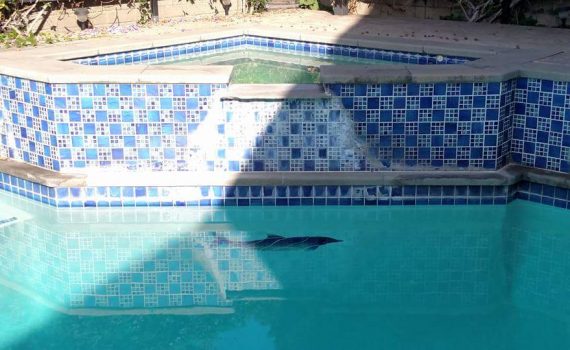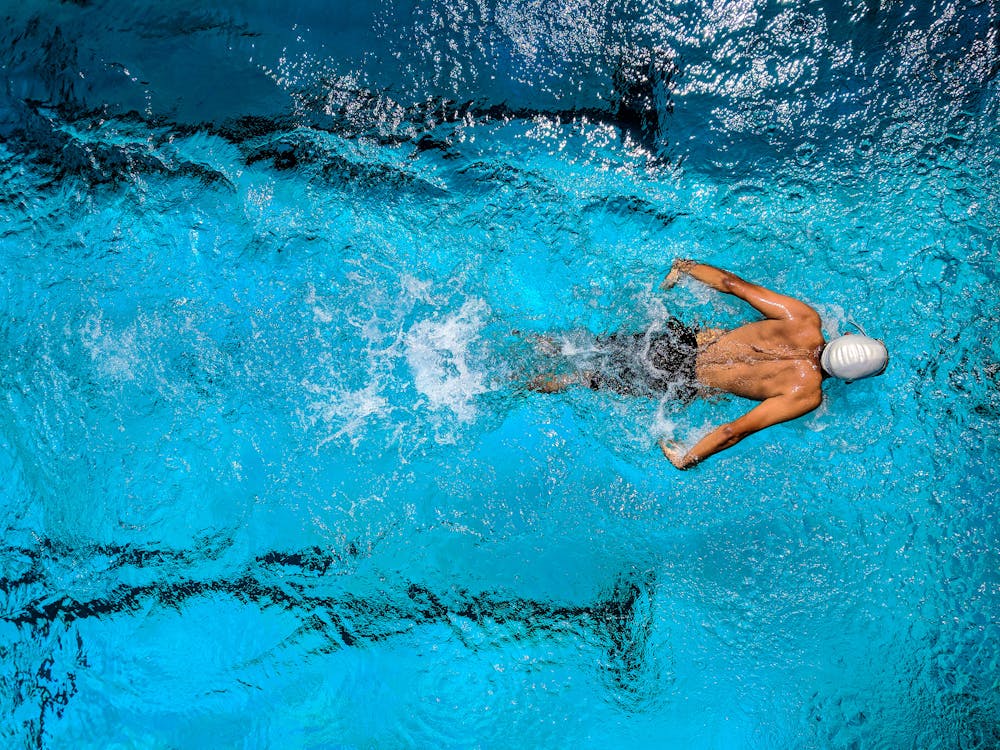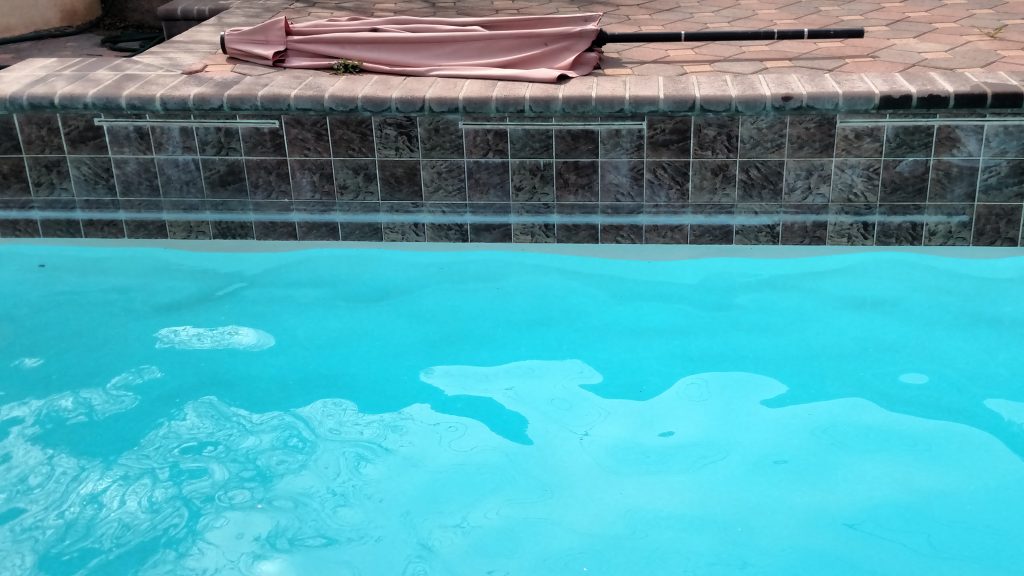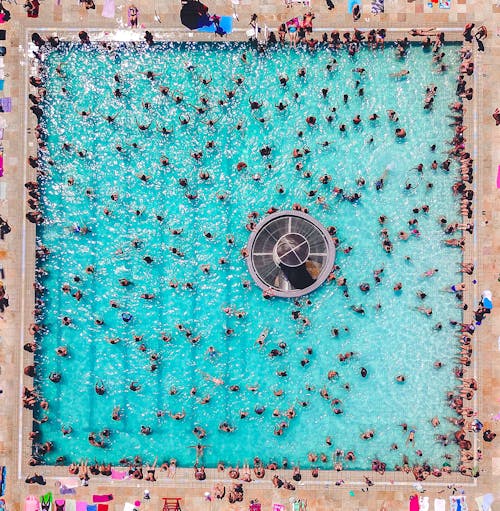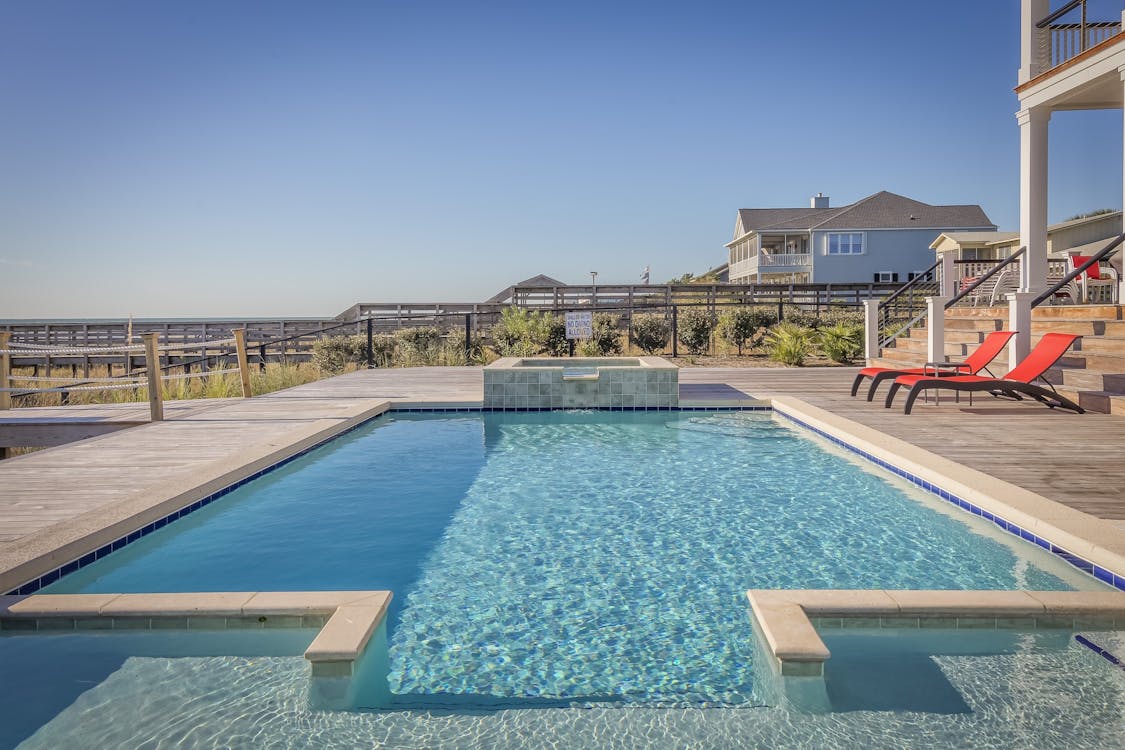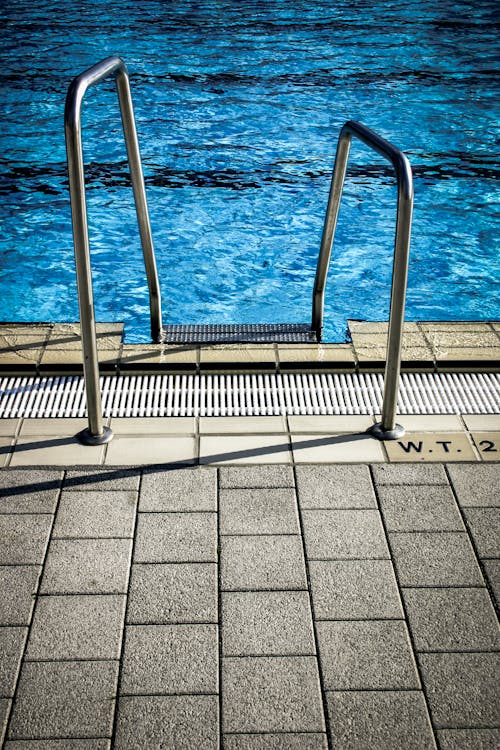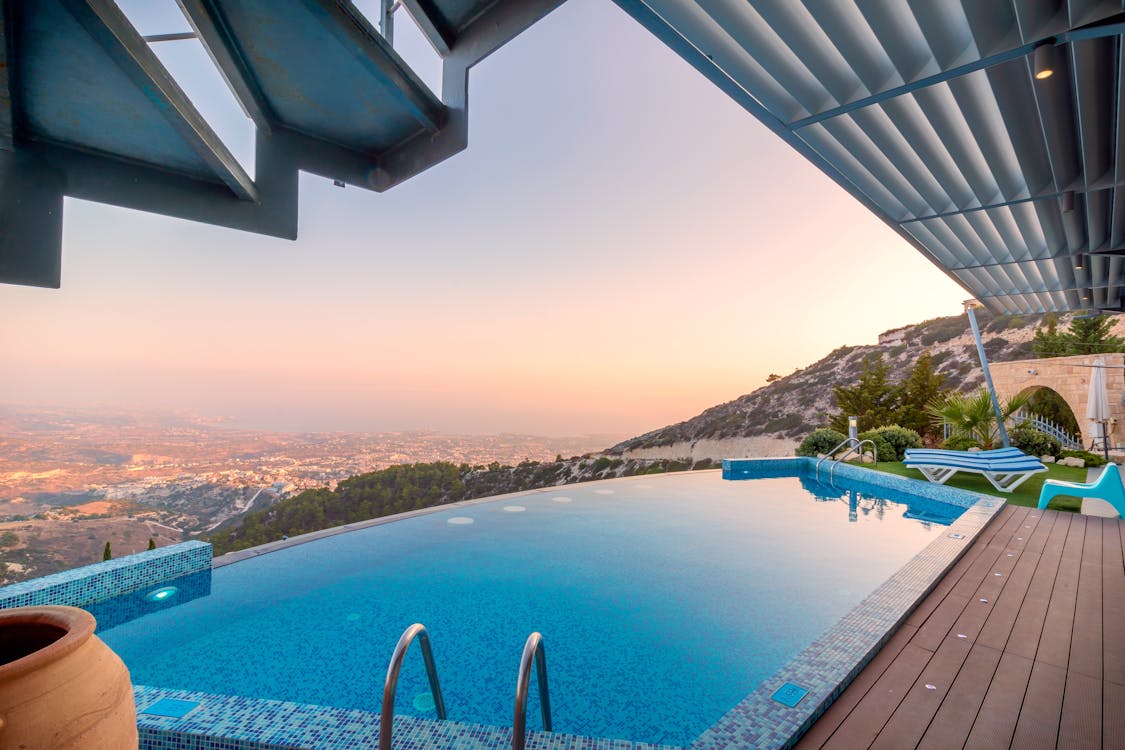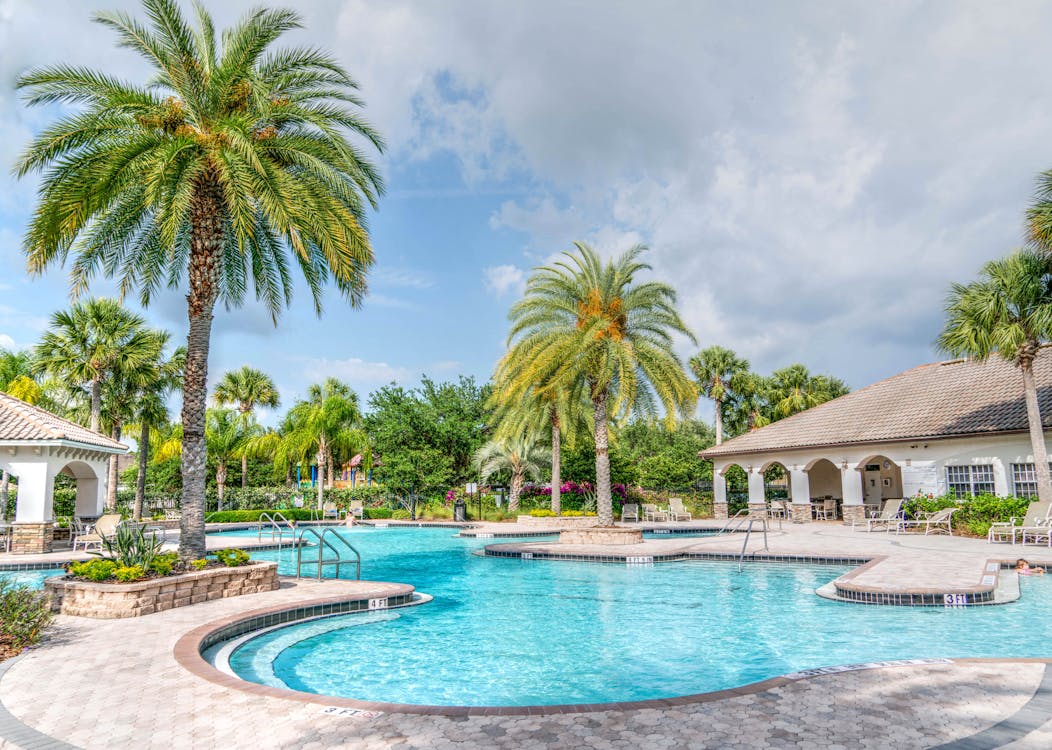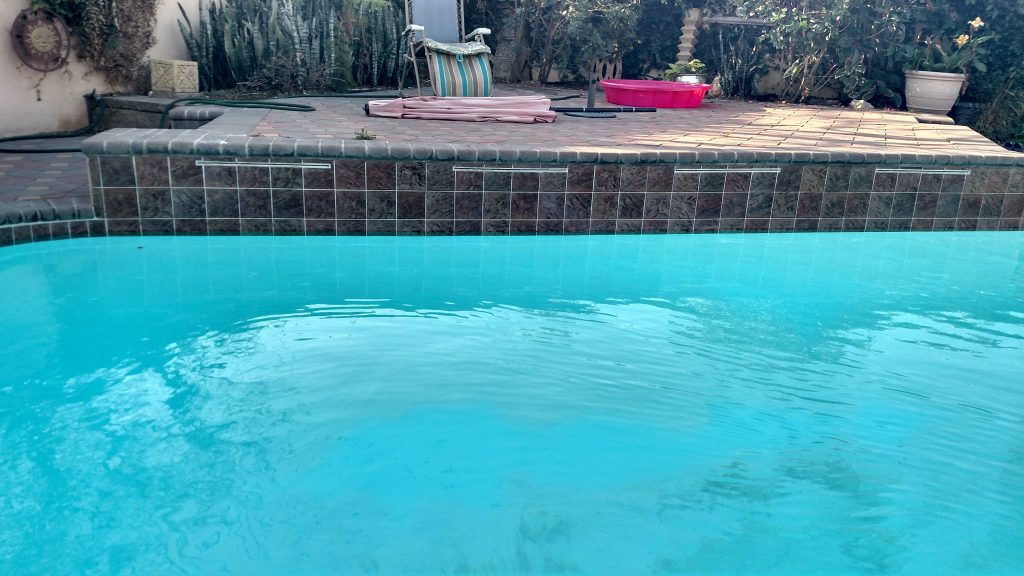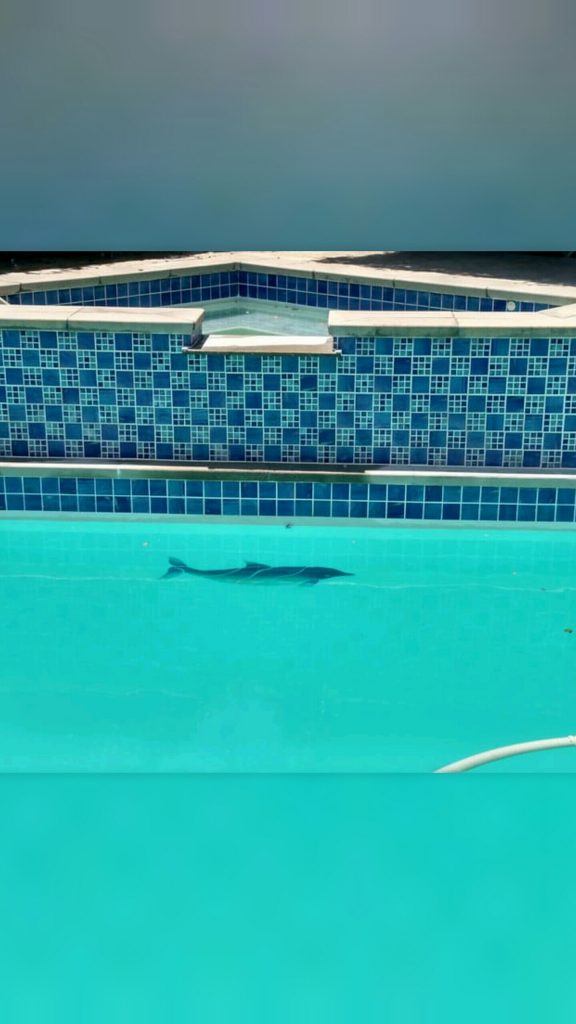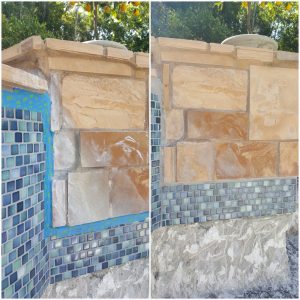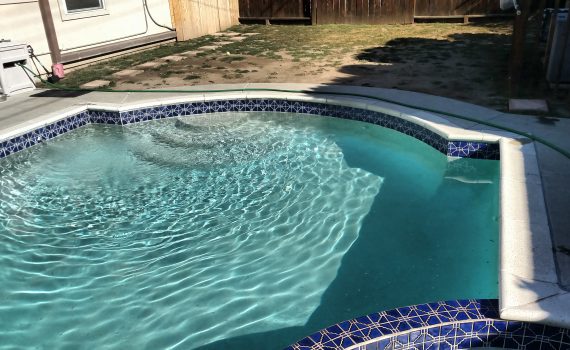
How to Keep Your Pool pH at Healthy Levels
Maintaining your pool’s pH level—one of the most important measures—doesn’t have to be an extreme sport. Your swimming pool’s pH levels help keep the water quality of your pool at the right level for humans.
If you keep the pH at the right levels, in addition to enjoying healthy water you can keep the water in your pool clean and crystal clear.
The pH is the measure of the acidity or basicity of a solution, in this case, the water in our pool. The optimal values recommended by the experts range between 7.2 and 7.6, so we must pay attention and be alert if the average obtained falls outside the indicated range.
If the pH decreases below 7.2 we have acidic water. If this happens, it will cause irritation to the skin, eyes and mucous membranes, in addition to generating corrosion problems in the pool materials (metal ladders, pumps, valves, and filters).

If on the contrary, the pH value rises above 7.6, the water in our pool becomes basic or alkaline. As was the case with acidic water, alkaline water, in addition to previous symptoms such as skin and eye irritation, would also cause dryness in our skin. Due to the basicity of the water, traces of calcium compounds are generated on the surface of the pool, and consequently, the water is seen in a more turbid and less crystalline form, also reducing the desired sterilizing and disinfectant effect with the addition of chlorine, consequently generating algae problems.
Experts recommend that periodic checks be made to maintain good water quality, as well as to maintain pH levels at levels suitable for bathing. It is advisable to perform a pH measurement at least once a week, acting as explained below if the pH parameters are beyond the ranges indicated.
Importance of the pH of the Pool, Why Does it Rise and Fall?
The ideal pH range for our pool water to be healthy ranges from 7.2 to 7.6, but sometimes when we take the measurement with our pH meter we are surprised that this value has risen or fallen.
The reasons why the pool’s pH rises (or falls) are mixed and varied, but commonly the pH of the pools usually gives high values, that is, basic ph’s:
- A determining factor has to do with the amount of water in the pool. Weather factors such as wind and sun make the water evaporate over time, and therefore the pH increases as the amount of water decreases. On the other hand, ultraviolet radiation from the sun increases the dissolution rate of chlorine in water, generating a gradual increase in pH values.
- A second factor is the bathers themselves. The sunscreens, moisturizers, body lotions, hair cells, dead skin, and even electrolytes from sweat make both chlorine and water acidity to be modified. Generally, bathers also cause pH levels to rise.
- Finally, the way to add chlorine to the pool can also change the pH values. The chlorine added in liquid form is nothing more than sodium hypochlorite, that is, bleach. This salt in the form of a solution is a highly alkaline or basic substance and therefore its addition generates significant pH increases. Chlorine added in tablets, on the other hand, includes trichloroisocyanuric acid that acidifies the water, thus reducing the pH of the water. A third modality is a form of granulated chlorine, which is characterized by having a pH close to neutrality (6.7) and the pH levels will be close to 7 therefore.
If for some reason you add more chlorine than you should, you should know how to lower chlorine pool. For this, there are different techniques we will discuss later.
How to keep the pH at optimal values?
Maintaining the pH value at optimal values is of the utmost importance. Failure to do so creates a danger to the health of the users of the pool. The recommended pH values range between 7.2 and 7.6, so a periodic pH measurement is advisable. Broadly speaking, when the pH becomes acidic and falls below 7.2, acidic water can irritate the eyes and skin (it is important to know how to increase the pool). If the pH rises from 7.6 becoming the basic water, there is a loss of effectiveness of the dissolved chlorine and therefore a decrease of the disinfectant power that is pursued.
The pH meter or pH meter is the scientific instrument specially designed for these tasks. In the market, we have different types of meters, such as digital, pocket, and even the test strips, which although they give us semiquantitative values, we must not neglect their effectiveness, simplicity, and ease of use.
Expert recommendations tell us that pH measurements must be made periodically or after special episodes, such as a storm. The rain and the pollution that drags in its precipitation tend to acidify the water and raise the pH. It is also advisable to measure it after the use of the pool by many bathers since the use of lotions, sun creams, and the bathers’ own sweat can cause the pH to rise and become more basic.

